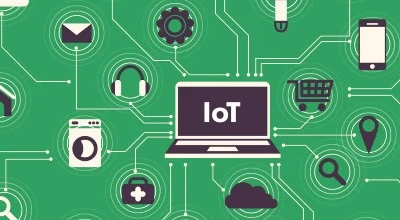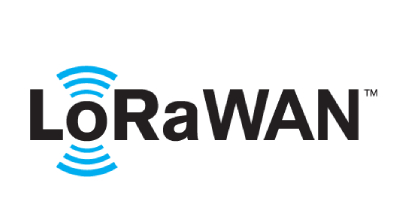
What does LoRaWAN stand for?
LoRaWAN (Long Range Wide Area Network) is a low-power, wide-area networking (LPWAN) protocol designed for the Internet of Things (IoT). It is a wireless networking standard that operates in the unlicensed spectrum, specifically in the Industrial, Scientific, and Medical (ISM) bands at 915 MHz in North America and 868 MHz in Europe.
The LoRa Alliance
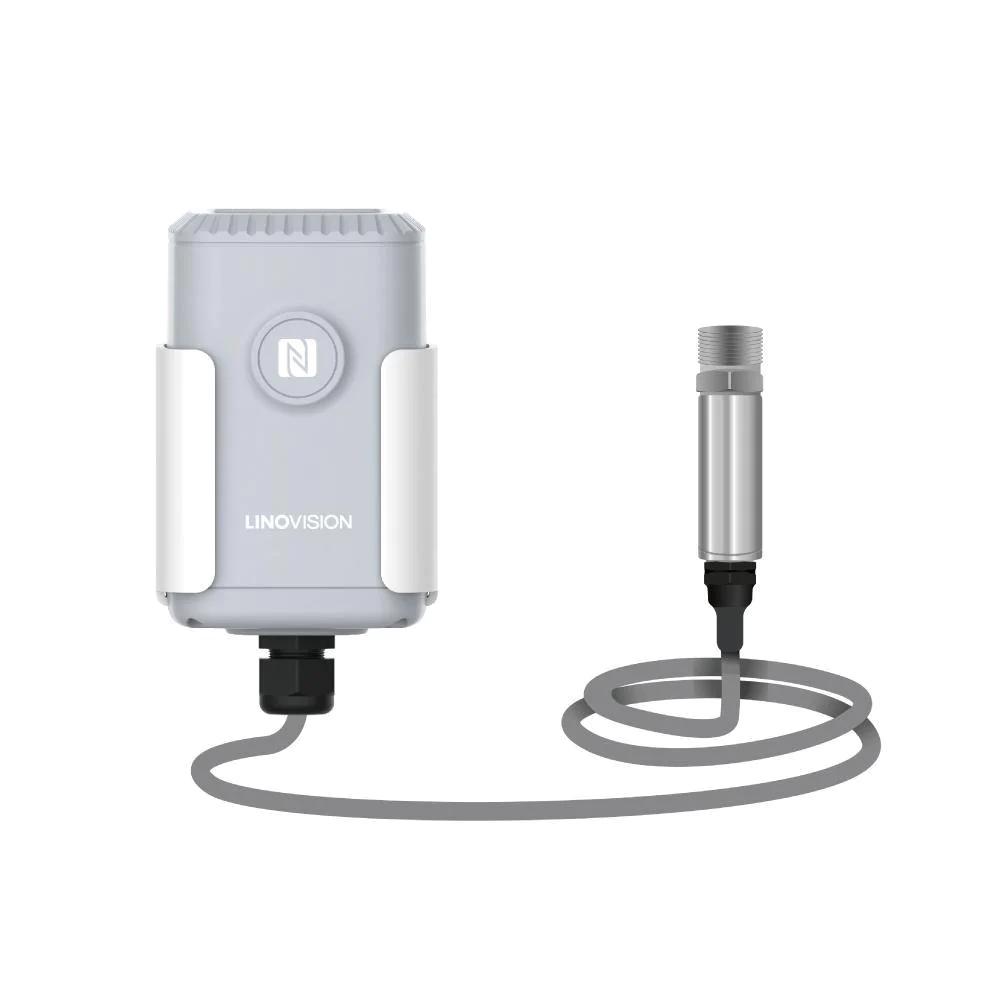
LoRaWAN was developed by the LoRa Alliance, a non-profit association of companies, organizations, and individuals committed to promoting and standardizing LPWAN technology. The main goal of LoRaWAN is to provide long-range, low-power communication for IoT devices and sensors, enabling them to communicate with each other and with the internet without the need for a Wi-Fi or cellular connection.
Key Features of LoRaWAN
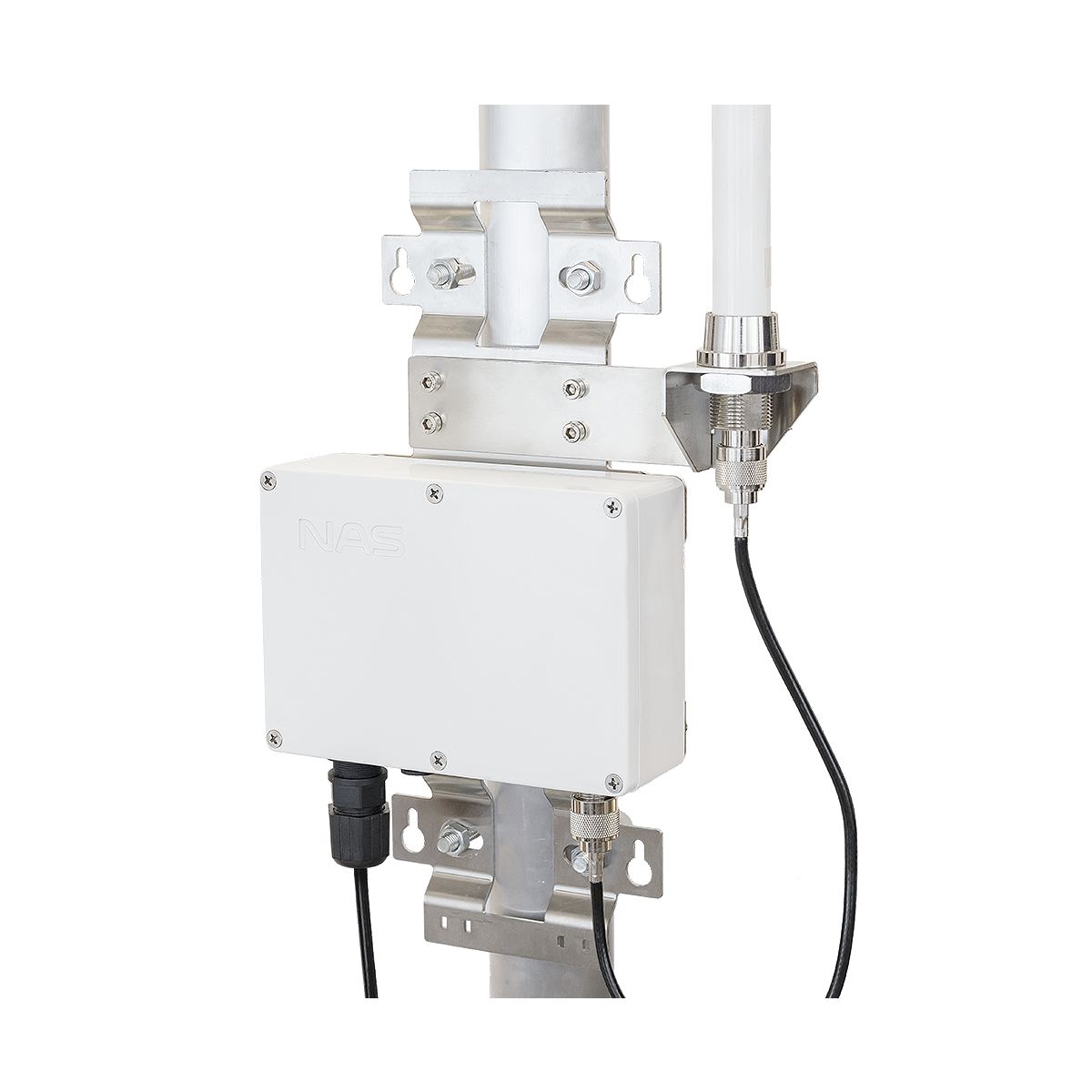
One of the key features of LoRaWAN is its ability to provide long-range communication with a single gateway, or base station. The range of a LoRaWAN gateway can be as much as several kilometers, depending on the environment and the power of the transmitters. This makes it well-suited for applications in remote or rural areas where other types of communication infrastructure may not be available.
In addition to its long range, LoRaWAN is also designed to be highly energy-efficient, making it well-suited for use in battery-powered devices. It uses a modulation technique called "chirp spread spectrum" (CSS) that allows it to transmit data over long distances while consuming very little power.
Components of a LoRaWAN network
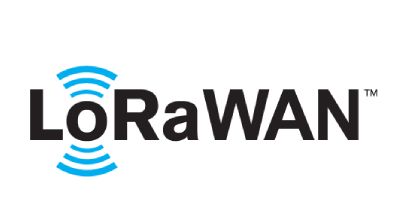
LoRaWAN networks are typically made up of three main components: end devices, gateways, and a network server. End devices are the IoT devices or sensors that communicate with the network. They are typically small, low-power devices that can be placed almost anywhere. Gateways are the base stations that connect the end devices to the network server and the internet. They are responsible for receiving and transmitting data from the end devices, as well as providing the end devices with a connection to the internet. The network server is the central hub of the LoRaWAN network, responsible for managing the communication between the end devices and the gateways.
LoRaWAN Applications
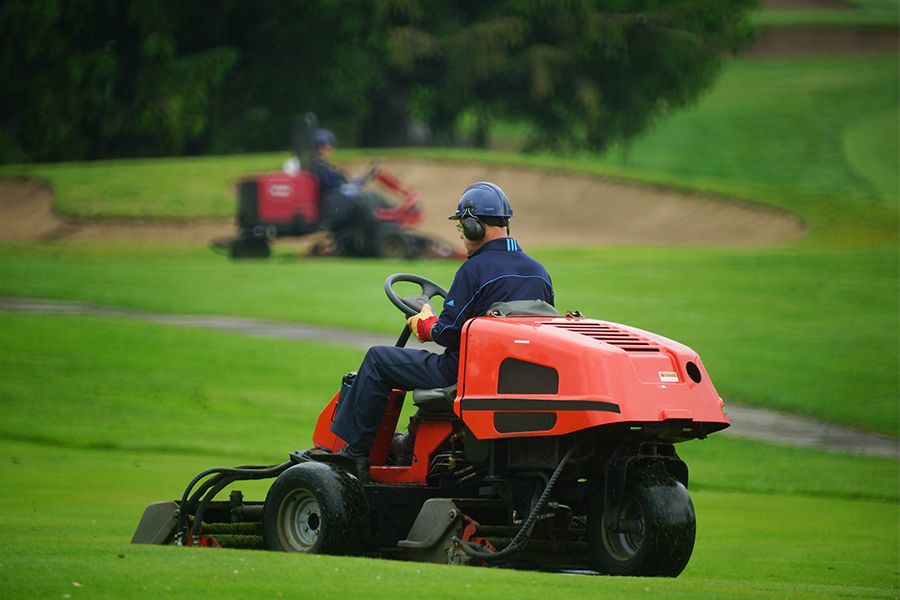
LoRaWAN is designed to be a highly scalable and flexible technology, capable of supporting a wide range of IoT applications and devices. It can be used in a variety of settings, including agriculture, industrial automation, smart cities, and more. Some examples of applications that might use LoRaWAN include:
- Smart agriculture: LoRaWAN can be used to monitor and control irrigation systems, track the health and growth of crops, and collect data on weather and soil conditions.
- Industrial automation: LoRaWAN can be used to monitor and control industrial equipment and processes, and to collect data on production, energy consumption, and other factors.
- Smart cities: LoRaWAN can be used to monitor and control traffic flow, lighting, waste management, and other urban infrastructure. It can also be used to collect data on environmental conditions, such as air quality and noise levels.
- Environmental monitoring: LoRaWAN can be used to monitor and collect data on a wide range of environmental factors, such as water levels, temperature, and humidity.
- Asset tracking: LoRaWAN can be used to track the location and status of assets, such as shipping containers, vehicles, and equipment.
LoRaWAN is just one of several LPWAN technologies that are being developed for use in the IoT. Others include Sigfox, Ingenu, and NB-IoT. While these technologies may have some differences, they all share the goal of providing low-power, long-range communication

